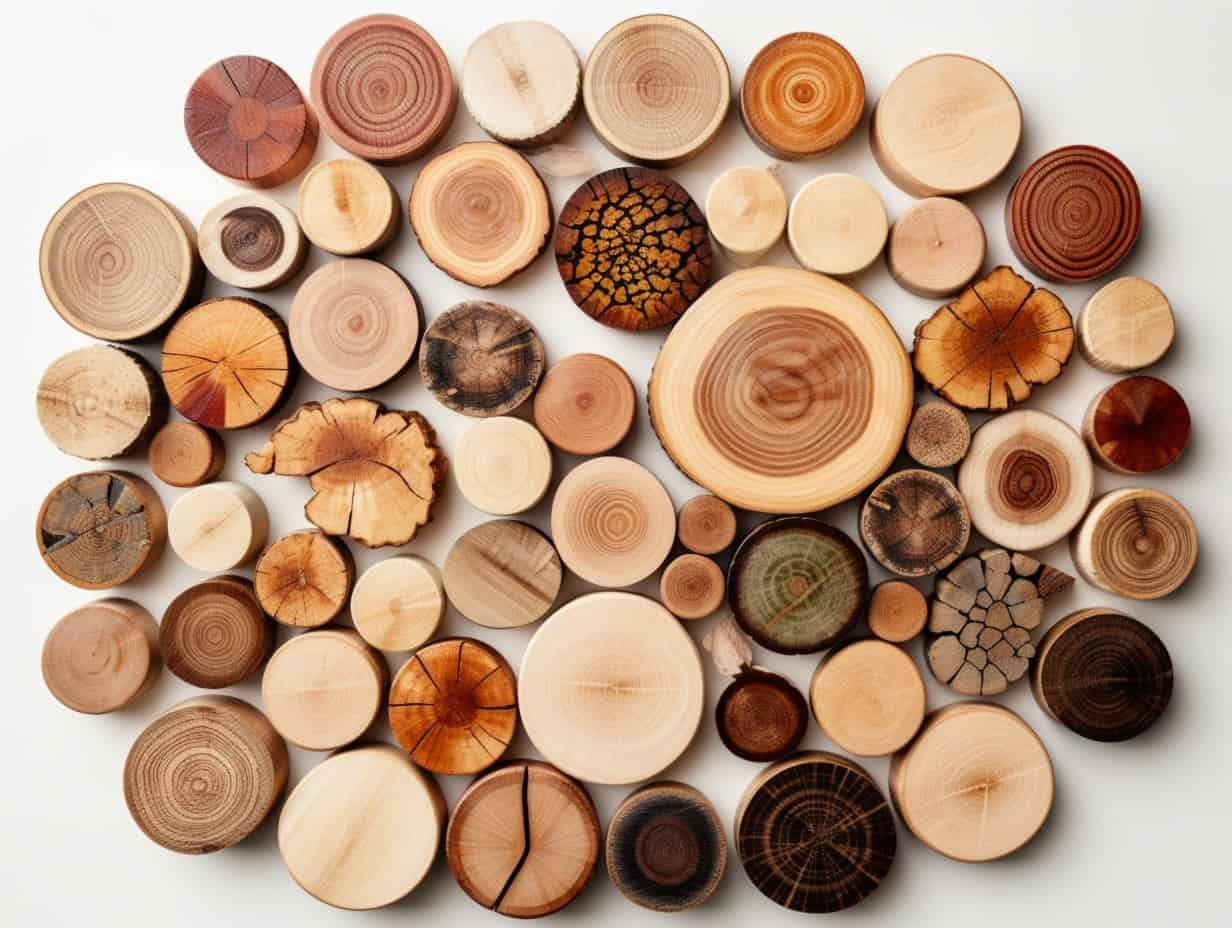
WOODWORKING 101: A GUIDE TO CHOOSING THE RIGHT TYPE OF WOOD
Written by Lew Amicone
Whether you’re heading to your workbench to start a woodworking project or planning a construction project, you have many different woods from which to choose. Wood falls into three different categories: hardwoods, softwoods, and exotic hardwoods. Each type of wood has specific characteristics and properties that make it more or less appropriate for different purposes, so it’s important to explore your wood options and choose the one that best fits the project and your budget.
Hardwoods come from deciduous, or broad-leaved, trees. These woods are dense, strong, and durable and are often used for making furniture. Hardwoods tend to be more expensive than softwoods. Softwoods come from cone-bearing trees such as pine and fir. Softwoods are acceptable for making both furniture and doors, but generally, these woods are used as lumber to make studs and roof trusses.
OAK
Oak may be the most-used hardwood in building construction: It’s often used for buildings, roofs, flooring, and cabinets. The two main types of oak are white and red; white oak is used more often for furniture construction.
CHERRY
Cherry is a hardwood that is strong and versatile. With its reddish-brown color, cherry is ideal for both indoor construction and furniture.
MAPLE
Maple is a hardwood with a light color. Maple is easy to carve and manipulate with equipment you may have at your workbench, such as a hand lathe. Maple’s hardness makes it popular for interior items such as cabinets and dressers.
HICKORY
Hickory is a heavy hardwood, but it has a wavy grain that can make it a challenge to work with. Items made from hickory tend to have a long life span.
WALNUT
Walnut is another popular hardwood, and it tends to have a high price tag. Walnut is ideal for interior trim and accents.
PINE
Pine is an affordable softwood often used for interior window sills and door frames. Pine’s straight grain makes it a good choice for construction.
- Pine varies in color from pale to yellowish.
- Seasoned pine is required for woodworking projects so the finished products won’t warp.
- Pine is ideal for painting.
CEDAR
Cedar is a common and popular softwood often used in projects involving doors, beams, fencing, posts, and closets. One of the best attributes of cedar is its resistance to decay.
- Cedar is known for its scent, which helps to repel insects.
- Cedar is durable and easy to work with because it is lightweight.
MAHOGANY
Mahogany is an exotic hardwood that is endangered. Thus, mahogany is not used as much today as it once was.
- Mahogany resists rotting and decay.
- Mahogany is known for its straight and even grain, so it’s ideal for furniture.
TEAK
Teak is an exotic hardwood that grows natively in Asian rain forests. Because each cedar tree needs to grow for about 60 years before harvesting, teak is an expensive wood.
- Teak has a distinctly earthy scent.
- Teak was initially used mostly for building boats.
- Teak’s inherently oily finish makes it challenging to glue and stain.
WOOD RESOURCES
- Choosing Types of Wood
- How to Choose the Right Wood for Your DIY Project Every Time
- Choosing the Right Wood for Your Woodworking Project
- Characteristics and Availability of Commercially Important Woods
- The Best Types of Wood for a Woodworking Project
- Ten Best Woods for Woodworking
- How to Choose the Best Wood for a Tabletop
- Choosing the Best Types of Wood for a Painted Project
- How to Choose the Right Lumber
- Types of Wood
- The Pros Cons of Different Types of Wood
- Types of Wood
- Comparing American Hardwoods, Softwoods, and Tropical Hardwoods
- Wood Identification Guide
- Types of Wood Species for Woodworking
- Different Types of Wood
- The Pros and Cons of Different Types of Wood
- Wood Species Guide
- Different Types of Wood and How to Use Them
- How to Choose Your Building Materials: Different Types of Wood
Best Sellers

Leave a comment